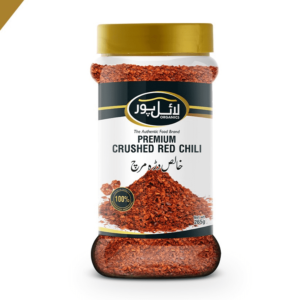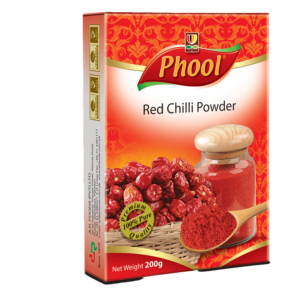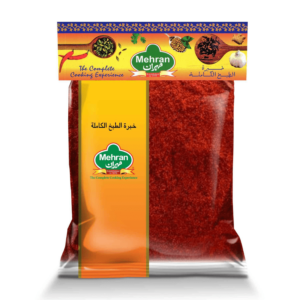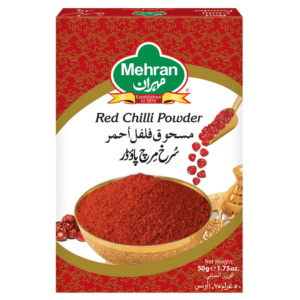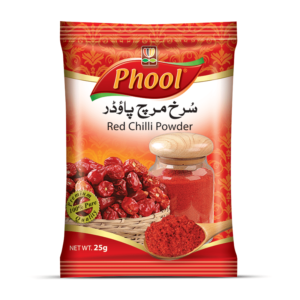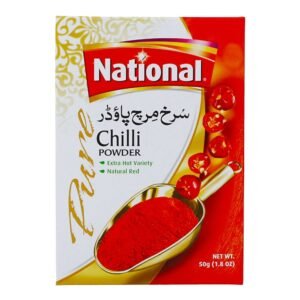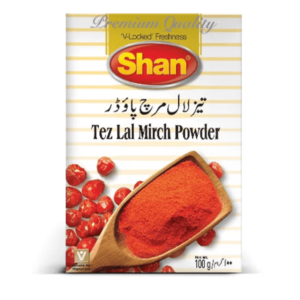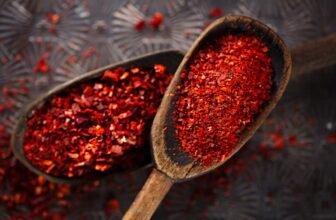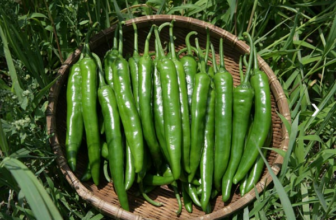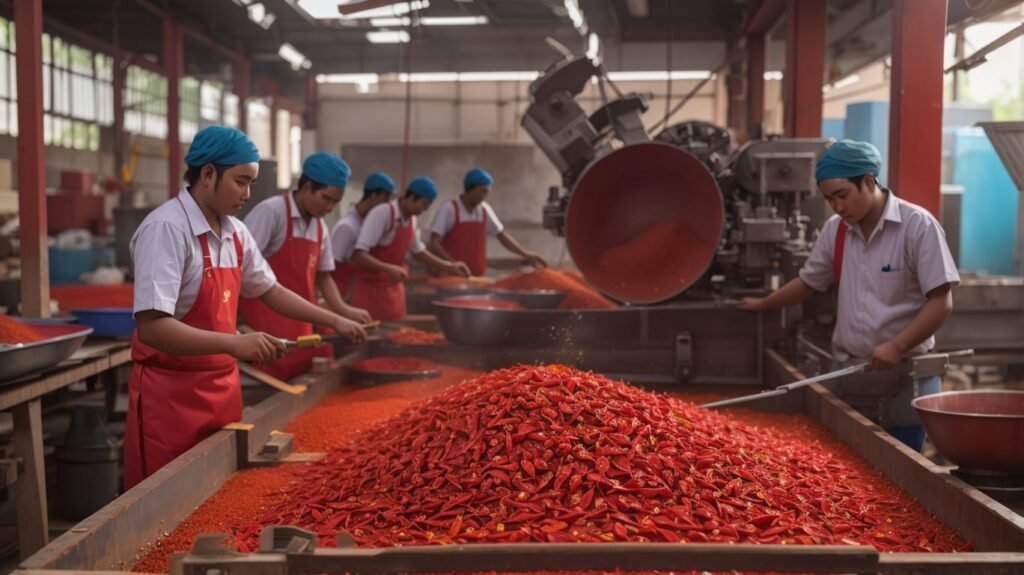
The Production of Red Chilli:
The production of red chili involves cultivating, harvesting, drying, and processing the chili peppers to obtain the final product, which can be used in various culinary applications.
Table of Contents
Introduction :
Red chili, scientifically termed Capsicum annuum, is a vibrant and bold spice that holds a central position in global culinary customs. Its fiery taste and unique aroma have rendered it an essential component in an array of dishes, spanning from mild to highly spicy. The cultivation of red chili isn’t just a gastronomic pursuit but also an economic endeavor that supports numerous farmers and adds value to cultures across the globe.
In this context, comprehending the complexities of red chili production becomes essential. Starting from the fertile fields where plants are nurtured to the careful methods of harvesting and processing employed, each phase of red chili production plays a pivotal role in guaranteeing a steady supply of this cherished spice.
Red chilli, known as Capsicum annuum, is not just a spice; it’s a vibrant and essential ingredient in cuisines worldwide. Known for its fiery flavour and vibrant colour, red chilli has been cultivated for centuries and is pivotal in enhancing the taste and aroma of countless dishes. The production of red chilli involves a delicate balance of nature and human intervention, where climate, soil, and cultivation techniques converge to yield this iconic spice.
Importance of Red chilli
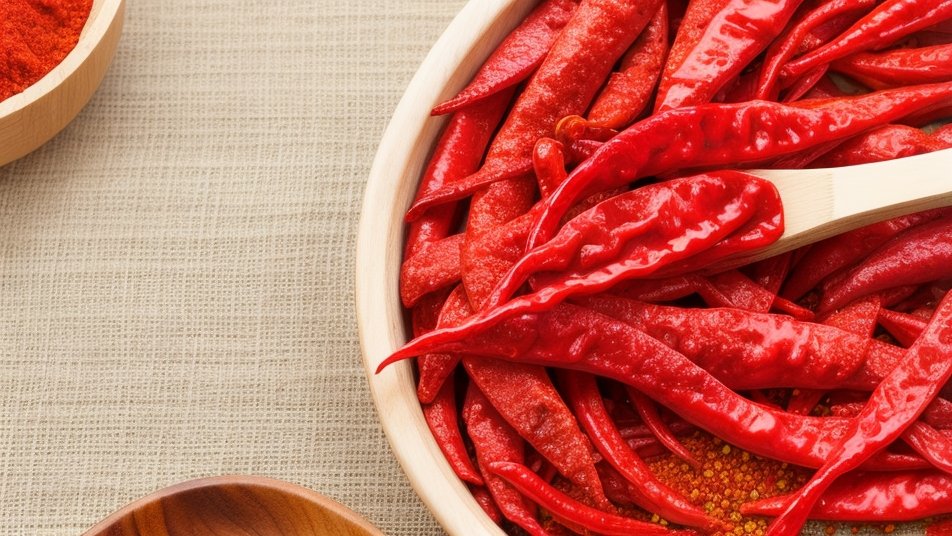
Red chilli, often called the “spice of life,” is significant in culinary arts and beyond. Its importance spans various aspects of human culture, agriculture, and global trade, making it a versatile and cherished commodity. Here are some key facets that highlight the importance of red chilli:
- Culinary Delight: Red chilli is a fundamental ingredient in cuisines across the globe. Its fiery heat and distinctive flavour add depth and complexity to dishes, making it a staple in kitchens from Asia to the Americas. Red chilli enhances the taste and aroma of countless recipes, from curries and salsas to soups and stir-fries.
- Cultural Significance: Red chilli is deeply embedded in many countries’ culinary traditions and cultures. It often serves as a symbol of cultural identity and heritage, pivotal in traditional recipes and celebrations.
- Health Benefits: Beyond its culinary uses, red chilli is known for its potential health benefits. It contains capsaicin, which may have analgesic properties and can help boost metabolism. It’s also a rich source of vitamins and antioxidants.
- Agricultural Impact: The cultivation of red chilli provides livelihoods for millions of farmers worldwide. It is a lucrative cash crop that makes a valuable source of income and employment.
- Global Trade: Red chilli is a major player in the global spice trade. Countries like India, China, and Mexico are among the largest producers and exporters of red chilli, contributing significantly to the world’s spice economy.
- Culinary Innovation: Red chilli has sparked culinary innovation, giving rise to new and exciting flavour profiles. The popularity of hot sauces, spicy snacks, and fusion cuisine owes much to the fiery kick of red chilli.
- Preservation: Red chilli is used fresh and dried, ground into powder, or turned into paste or sauce forms for preservation. This allows its use year-round, especially in regions with seasonal availability.
- Colour and Presentation: Beyond its flavour, red chilli is valued for its vibrant red colour, enhancing the dishes’ visual appeal. It’s often used as a garnish to make food more visually enticing.
- Medicinal and Home Remedies: Red chilli has a history of use in traditional medicine for its potential medicinal properties. It’s employed in remedies for ailments like sore throats and congestion.
Here’s a step-by-step explanation of the process:
1. Cultivation:
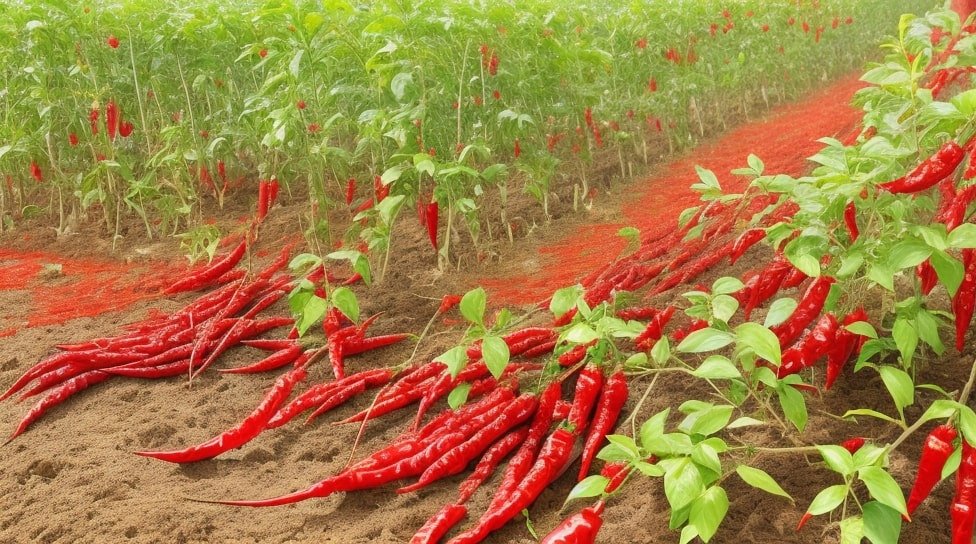
Red chili peppers are usually grown in warm climates with well-draining soil. Farmers prepare the land, sow the chili seeds, and provide appropriate irrigation and care to ensure the plants grow well
Red chili cultivation begins with the careful selection of seeds. These seeds are usually obtained from reputable suppliers or saved from mature chili peppers that exhibit desirable characteristics. The chosen seeds are then germinated in a controlled environment, such as a seed tray or small pots filled with well-draining potting mix. The environment is kept consistently moist and warm to encourage the seeds to sprout
Here are the important Points of Cultivation in the production of red chilli:
- Climate and Soil Requirements:
Red chili plants grow best in warm and humid climates. They thrive when the temperature is between 20°C to 30°C (68°F to 86°F). For good growth, they need well-drained, loamy soil that has plenty of organic matter. The soil’s pH level should be between 6 to 7.
- Land Preparation:
Before planting chili seeds, prepare the land by plowing and harrowing to make it suitable. Remove any weeds or debris and ensure the soil drains well.
- Seed Selection and Sowing:
Pick high-quality chili seeds from a trusted source. Plant the seeds directly in the field or in a nursery bed, depending on the local climate and farming practices. If you use a nursery bed, transplant the seedlings to the main field when they are about 4-6 weeks old.
2. Growth and Harvesting:

The chili plants go through a growth cycle, and the fruits (chili peppers) ripen over time. When the peppers reach their mature, red stage, they are ready to be harvested. Harvesting is usually done by handpicking the ripe red chili pods from the plants.
Emerging from unassuming seeds, red chili plants embark on a remarkable development trajectory. Delicate cotyledon leaves evolve into vigorous seedlings, and these nascent plants gather strength under the embrace of nurturing light. As they mature, they’re transplanted into prepared soil, where their roots delve into a world of sustenance and stability.
Here are the important Points of Growth & Harvesting in the production of red chilli:
- Seed Selection and Sowing:
Choose high-quality chili seeds from a reputable source. Sow the seeds directly in the field or in nursery beds, depending on the local climate and farming practices. If using nursery beds, transplant the seedlings to the main field when they are about 4-6 weeks old.
- Pre-Planting Preparation.
- Choose a well-drained planting location with ample sunlight.
- Prepare the soil by loosening it and adding organic matter for improved fertility.
- Create raised beds or rows to enhance drainage and prevent waterlogging.
- Watering:
Provide sufficient water to the chili plants, especially during dry spells. However, be cautious not to overwater, as excessive moisture can lead to fungal diseases
Harvesting:
The time to harvest chili peppers varies depending on the variety and growing conditions. Generally, red chilies are harvested when they reach their full size and turn red. Harvesting is usually done by hand, and it’s essential to handle the fruits carefully to avoid damage.
Post-Harvest Handling:
After harvesting, sort and grade the chili peppers based on their size and quality. Store them in a cool, dry place, and consider drying them to extend their shelf life. This will ensure you can enjoy your flavorful red chilies for a more extended period.
3. Sorting And Cleaning:

After harvesting, the chili peppers are sorted to remove any damaged, unripe, or unwanted pods. The sorted chilies are then thoroughly cleaned to get rid of dirt, debris, and any surface contaminants.
Once the selection is complete, chili peppers are gently transferred to the cleansing phase. Water, nature’s cleansing elixir, is employed to wash away dust, soil, and any remnants of their growth journey. The peppers are immersed, tenderly swirled, and allowed to dance with the currents, shedding traces of their past.
Water droplets cling to the pepper’s glossy exterior, their vibrant hues accentuating the moisture. The gentle cascade of water purifies and rejuvenates, breathing life into these symbols of spice.
Sorting: During sorting, the harvested red chillies are visually inspected to segregate them based on various criteria such as size, color, and quality. This helps in achieving uniformity in the final product. Experienced workers may do The sorting process manually or using mechanical equipment. Chillies not meeting the desired standards can be set aside for alternative uses or lower-grade products.
Cleaning: The cleaning process involves removing any foreign materials, dirt, or dust that might be present on the chillies. This is important to ensure food safety and maintain the overall quality of the spice. Cleaning can be done through different methods:
- Air Blowing: High-speed air blowers are often used to blow away lighter impurities like dust and dirt from the surface of the chillies.
- Screening: The chillies may be passed through vibrating screens with different mesh sizes. This helps to separate smaller particles and impurities from the chillies.
- Washing: A gentle water wash can sometimes clean the chillies. Care is taken not to soak the chillies, as excess moisture can lead to spoilage during storage.
- Gravity Separation: This method relies on the principle of gravity to separate impurities that are lighter or heavier than the chillies. The chillies can fall through a controlled air stream that carries away lighter materials.
- Additional Tips for cleaning Red Chilli Processing:
- Avoid using wet or damp containers for storing dried red chillies, as it can lead to mold growth.
- Label the containers with the date of drying to keep track of freshness.
- Optionally, you can grind the dried red chillies into chili powder for easy use in.
4. Drying:

Drying is a critical step in the Red chili processing as it helps extend the shelf life and enhances the flavor of the peppers. There are various methods for drying, including sun drying, oven drying, and mechanical drying. In traditional methods, the chili peppers are spread out under the sun to dry naturally, while in modern techniques, mechanical dryers or ovens are used to speed up the process.
Over time, as the sun’s warm embrace and the gentle breezes work in tandem, the peppers gradually lose their moisture. Their once plump and vibrant forms begin to wither, the wrinkles and creases revealing the concentration of their essence. The peppers surrender their liquid content to the air, becoming more potent with each passing day.
There are two common methods for drying red chillies:
- Sun Drying Red Chilli: Spread the washed red chillies in a single layer on a clean, dry surface, preferably under direct sunlight. The heat from the sun will gradually remove the moisture from the chillies, making them dry and preserving their flavor.
- Indoor Drying Red Chilli: If the weather is not suitable for sun drying, you can dry the red chillies indoors. Use a well-ventilated area or employ fans to facilitate the drying process. Place the washed red chillies on clean surfaces or drying racks to ensure good air circulation.
- Monitoring the Drying Process:
- Regardless of the drying method used, regularly check the red chillies to ensure they are drying evenly. Properly dried chillies should still retain some flexibility without any signs of moisture.
- Once the red chillies are completely dried, store them in airtight containers or ziplock bags in a cool, dry place. Properly dried red chillies can be stored for several months without losing their flavor or potency.
5. Grinding and Crushing:

Grinding or crushing of red chili involves the transformation of dried red chili peppers into a fine or coarse powder, intensifying their pungent flavor and spiciness. This process is crucial to make “red chili powder,” a widely used spice in various cuisines around the world.
As the journey from vibrant red to muted maturity begins, the chili peppers are selected for their ripeness and readiness. These red jewels are strung together, their stems forming a radiant necklace. Suspended in the air, they are exposed to the elements, an offering to the sun and wind.
Over time, as the sun’s warm embrace and the gentle breezes work in tandem, the peppers gradually lose their moisture. Their once plump and vibrant forms begin to wither, the wrinkles and creases revealing the concentration of their essence. The peppers surrender their liquid content to the air, becoming more potent with each passing day.
- To begin the process, the dried red chili peppers, obtained through careful harvesting and drying of matured red chili pods, are collected. These dried red chilies are rich in capsaicin, the compound responsible for their characteristic heat and vibrant red color.
- The next step is the actual grinding or crushing of the red chili peppers. There are different methods for accomplishing this, but the most common way is by using specialized grinding machines. These machines are designed to pulverize the dried red chilies into a consistent powder with the desired texture.
- The dried red chilies are fed into the grinding machine, where they pass through rotating blades or burrs. These blades or burrs crush the chili peppers into small particles, reducing them to a fine powder. The speed and intensity of the grinding process can be adjusted to control the coarseness of the resulting red chili powder.
- During this grinding process, the volatile oils and flavors inherent in the red chili peppers are released, creating the characteristic aroma and taste associated with red chili powder. The intensity of the spice, measured in Scoville Heat Units (SHUs), is directly related to the concentration of capsaicin in the red chili peppers. The more capsaicin present, the hotter the resulting red chili powder will be.
- The finely ground red chili powder is then carefully collected and sieved to ensure uniformity in texture and to remove any remaining coarse particles or debris. This sieving process ensures that the final product is smooth and free of impurities.
- After grinding, the red chili powder is immediately packaged in airtight containers to preserve its freshness, flavor, and vibrant red color. Proper packaging is essential to prevent the red chili powder from losing its potency and succumbing to moisture or contamination.
- Red chili powder obtained through this grinding process is a versatile spice, used in a myriad of dishes, ranging from salsas and sauces to curries and stews. Its fiery flavor adds a distinct and exciting element to countless culinary creations, making “red chili” a staple ingredient in many cuisines worldwide.
6. Packaging:

The final processed red chili powder is then packaged in airtight containers to retain its flavor, color, and aroma. Proper packaging ensures that the chili powder remains fresh and free from moisture and contaminants.
Importance of Red Chilli Packaging: Proper packaging of red chilli is crucial to maintain its quality, prevent spoilage, and ensure it reaches consumers in excellent condition. The right packaging helps preserve the flavor, color, and spiciness of the chillies. With the essence of heat and flavor carefully harnessed, the dried and ground red chili is readied for its final embrace – the packaging. This step is a bridge between its transformational journey and its ultimate destination, the kitchen.
The packaging is a balance of practicality and aesthetics, a varaity of sealed pouches, become vessels that cradle the spice. The packaging may be transparent, allowing the vibrant color of the chili to shine through, or it could be opaque, inviting curiosity about the fiery contents within.
- Choosing Suitable Red Chilli Packaging: Select packaging materials that are durable, food-safe, and can protect the red chillies from external factors like moisture, light, and air. Commonly used packaging options include:
- Plastic Bags or Pouches: Sealable plastic bags or pouches are a cost-effective option and provide a barrier against moisture and air.
- Glass Jars or Bottles: Transparent glass containers allow customers to see the quality of the red chillies and are suitable for premium products.
- Vacuum Sealed Bags: Vacuum sealing removes air from the package, reducing the risk of spoilage and preserving freshness
- Tin Tie Bags: These are resealable bags with tin ties, which are convenient for customers to open and close.
- Shaker Bottles: Bottles with shaker caps make it easy for users to sprinkle red chilli flakes or powder while cooking.
- Packaging Red Chilli Products for Retail: If selling red chilli products in retail stores, consider attractive and eye-catching packaging designs that stand out on store shelves. Packaging that highlights the unique characteristics of the red chilli product can help attract customers.
- Bulk Packaging for Red Chilli Wholesale: For bulk distribution or wholesale, sturdy and cost-effective packaging is essential. Consider options like large bags, cartons, or boxes that protect the red chillies during transportation and storage.
Bulk Packaging for Red Chilli Wholesale:For bulk distribution or wholesale, sturdy and cost-effective packaging is essential. Consider options like large bags, cartons, or boxes that protect the red chillies during transportation and storage.
7. Labeling and Storage:

In labeling, information becomes a passport that guides users on a sensory adventure. The label, adorned with typography and imagery, identifies the contents and conveys a story. It’s a tapestry woven with words and graphics that evoke the chili’s journey – from its cultivation and drying to its fiery essence.
The chili’s storage is a preservation ritual that safeguards its intensity. A dark, cool, and dry environment is the sanctuary that shields the chili from moisture, heat, and light. Sealed containers, from glass jars to airtight pouches, cocoon the chili in an embrace that staves off degradation.
Ensuring Quality Before Packaging
Before proceeding to the labeling and storage phase, it is imperative to guarantee the quality of the red chillies through comprehensive cleaning, de-stemming, and, if preferred, seeding. This meticulous preparation ensures that only the finest, high-quality chillies are chosen for packaging.
Selecting Suitable Packaging Materials: Safeguarding Quality
The selection of appropriate packaging materials plays a pivotal role in safeguarding the red chillies against external elements that could jeopardize their quality. Optimal choices include airtight containers that resist moisture and block light, thereby shielding the chillies from exposure to air, humidity, and sunlight.
Labeling for Communication: Sharing Essential Information
Labeling serves as both identification and communication with consumers and users. Each container of red chillies must be clearly labeled with the following key details:
- Chilli Variety: Specify the precise type or variant of red chilli, recognizing that different varieties exhibit varying flavors, heat levels, and culinary applications.
- Date of Production: Transparently state the date when the red chillies underwent processing and packaging, enabling consumers to assess the spice’s freshness.
- Spice Level (Optional): If relevant, indicate the heat level of the chilli powder, empowering users to select according to their heat preferences.
- Handling and Storage Instructions: Provide comprehensive guidance on proper storage, including recommendations for ideal temperature, humidity levels, and the importance of shielding from direct sunlight.
Ensuring Optimal Storage Conditions: Preserving Flavor and Heat
Creating an environment conducive to preserving the color, flavor, and heat of the red chillies is paramount. Key considerations include:
- Cool and Dry Storage: Store the containers in a cool and dry location. Excessive humidity can lead to clumping and the deterioration of the spice’s quality.
- Darkened Environment: Shield the containers from direct sunlight and bright artificial light, as exposure to light can degrade color and flavor compounds.
- Temperature Maintenance: Maintain a consistent temperature to prevent fluctuations that may compromise the quality of the chillies.
Managing Rotation and Usage: Maximizing Freshness
Implement a “first in, first out” (FIFO) strategy to ensure that older stock is utilized prior to newer batches. Regularly inspect containers for signs of moisture or deterioration, and promptly discard any compromised chillies.
Preventing Contamination: Isolating Aromas
To avert cross-contamination and flavor transfer, store red chillies separately from strongly scented spices and substances that could absorb their aroma.
Considering Shelf Life: Maximizing Longevity
While correctly stored red chillies can maintain their potency for an extended duration, their flavor and heat may gradually diminish. Consider incorporating a “best by” or “use by” date on the label to assist consumers in making informed decisions.
By following these systematic steps, the journey from harvest to packaging ensures that the intense heat, vibrant color, and robust flavor of red chillies are preserved, enhancing culinary experiences for an extended period.
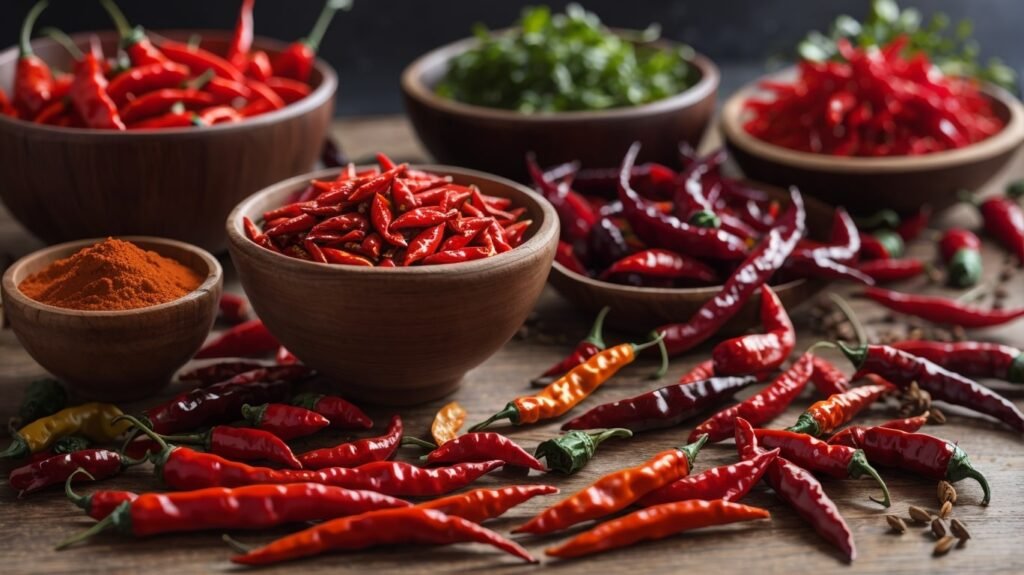
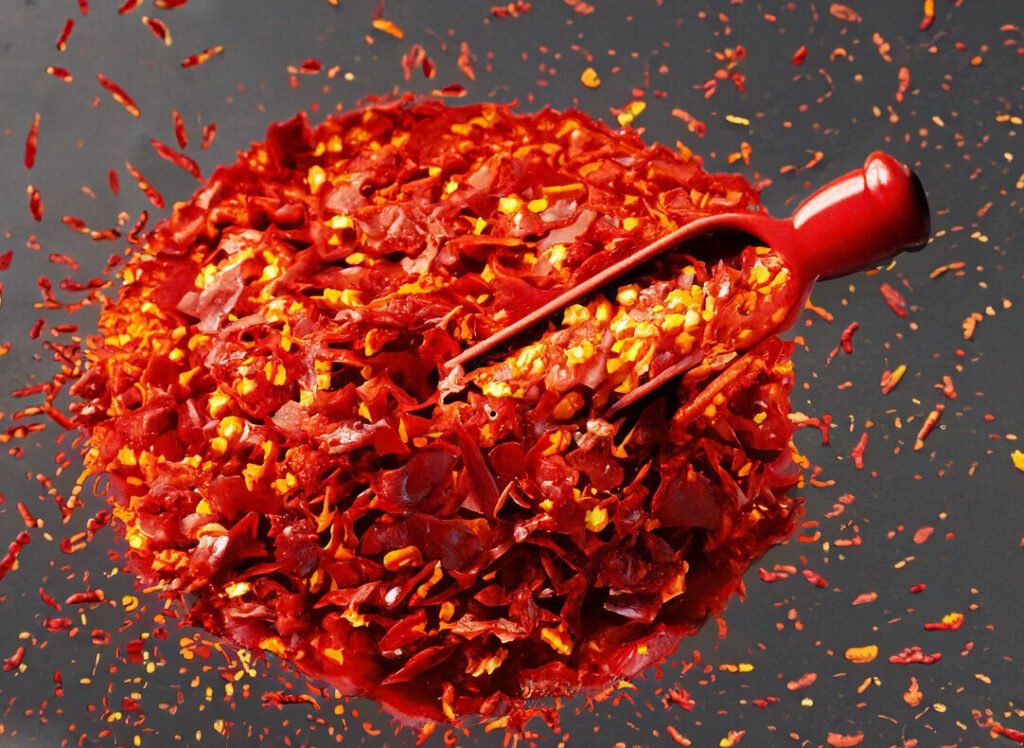

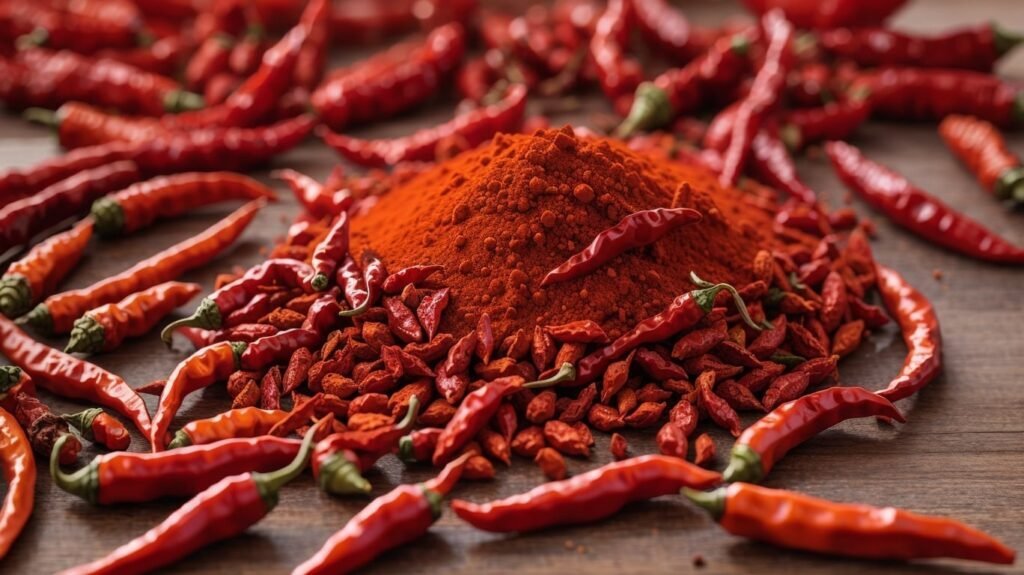
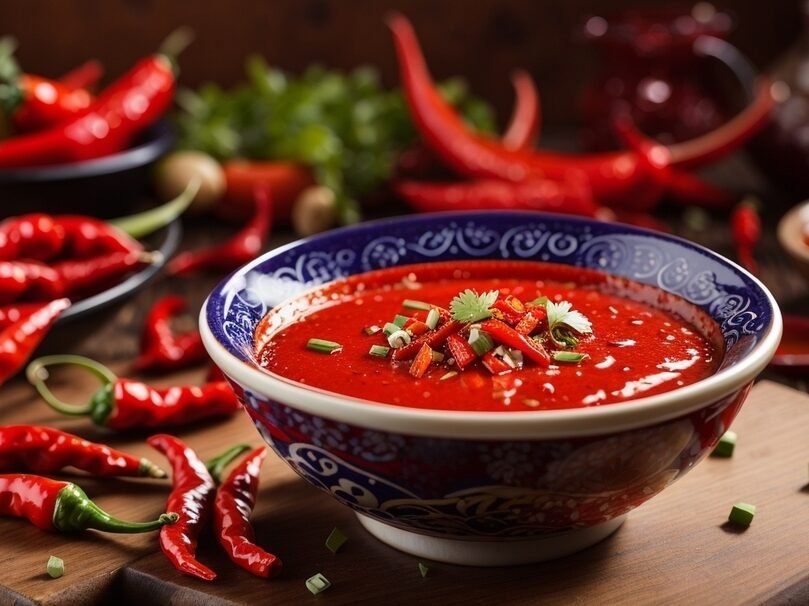
Here are the best four recipies of Red Chillies:
Here are the manufacturers that include in the production of red chilli.
FAQ’s:
Q1: What is the significance of red chilli production in Pakistan?
A1: Red chilli is a major spice crop in Pakistan and holds economic and cultural importance. It is a key ingredient in many Pakistani dishes and is also exported to international markets.
Q2: Which regions in Pakistan are known for red chilli production?
A2: The main red chilli producing regions in Pakistan include Sindh, Punjab, and Khyber Pakhtunkhwa. These regions have suitable climates for chilli cultivation.
Q3: What are the common red chilli varieties grown in Pakistan?
A3: In Pakistan, popular red chilli varieties include Sannam, Kashmiri, and Bird’s Eye. Each variety has distinct characteristics in terms of heat and flavor.
Q4: What are the preferred growing conditions for red chilli in Pakistan?
A4: Red chilli thrives in warm and dry climates. In Pakistan, it is cultivated during the dry season, usually from February to June. Well-drained soil and adequate sunlight are essential for successful cultivation.
Q5: How is red chilli traditionally cultivated in Pakistan?
A5: Red chilli is typically grown from seeds sown directly into prepared fields. Traditional farming methods involve manual labor for planting, weeding, and harvesting.
-
Product on sale
 Lyallpur Premium Red Chilli PowderOriginal price was: ₨ 150.00.₨ 140.00Current price is: ₨ 140.00.
Lyallpur Premium Red Chilli PowderOriginal price was: ₨ 150.00.₨ 140.00Current price is: ₨ 140.00. -
Product on sale
 Lyallpur Crushed Red ChilliOriginal price was: ₨ 164.00.₨ 149.00Current price is: ₨ 149.00.
Lyallpur Crushed Red ChilliOriginal price was: ₨ 164.00.₨ 149.00Current price is: ₨ 149.00. -
 Phool Red Chilli Powder 200g₨ 230.00
Phool Red Chilli Powder 200g₨ 230.00 -
Product on sale
 Mehran Red Chilli Powder Poly Bag 50gOriginal price was: ₨ 110.00.₨ 108.00Current price is: ₨ 108.00.
Mehran Red Chilli Powder Poly Bag 50gOriginal price was: ₨ 110.00.₨ 108.00Current price is: ₨ 108.00. -
Product on sale
 Mehran Red Chilli Powder 50gOriginal price was: ₨ 110.00.₨ 108.00Current price is: ₨ 108.00.
Mehran Red Chilli Powder 50gOriginal price was: ₨ 110.00.₨ 108.00Current price is: ₨ 108.00. -
 Phool Red Chilli Powder 25gPrice range: ₨ 20.00 through ₨ 100.00
Phool Red Chilli Powder 25gPrice range: ₨ 20.00 through ₨ 100.00 -
Product on sale
 National Red Chilli PowderPrice range: ₨ 57.00 through ₨ 420.00
National Red Chilli PowderPrice range: ₨ 57.00 through ₨ 420.00 -
 Shan Tez Lal Mirch PowderPrice range: ₨ 109.00 through ₨ 199.00
Shan Tez Lal Mirch PowderPrice range: ₨ 109.00 through ₨ 199.00


